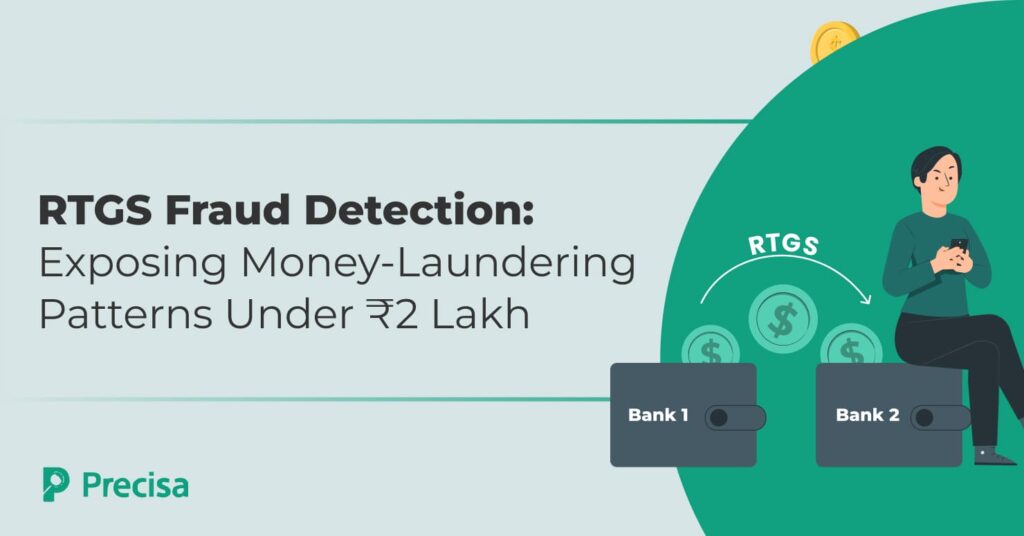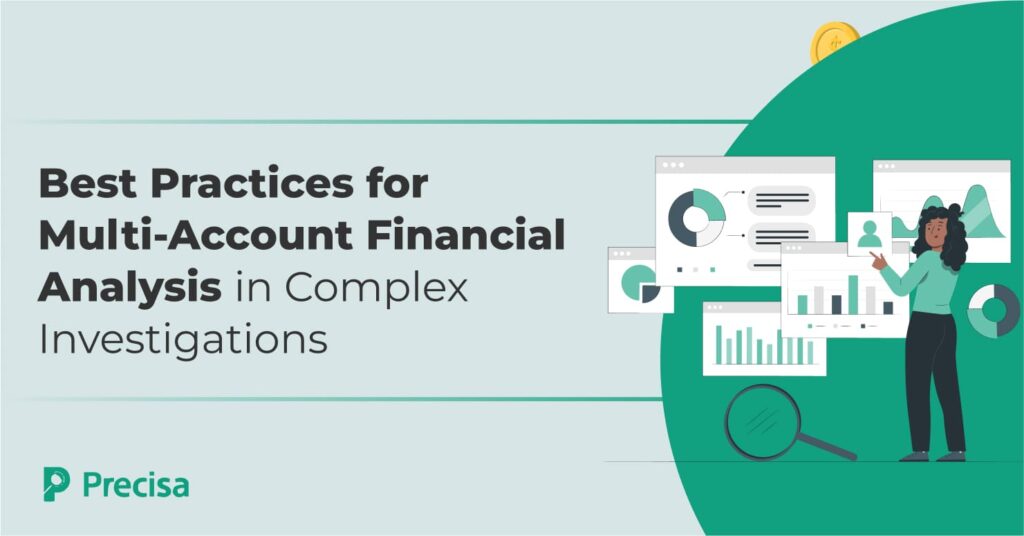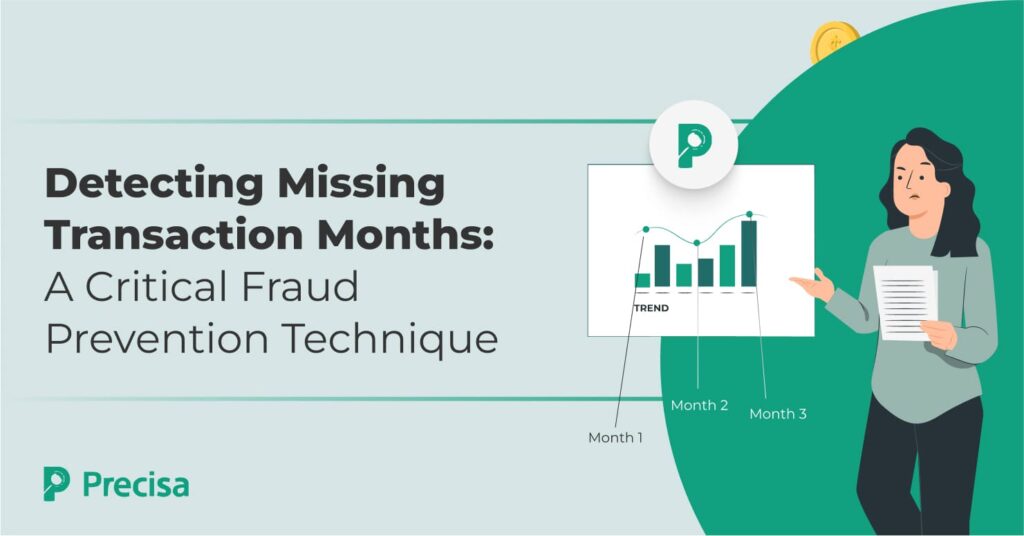Do you rely on bank statements to get an accurate picture of the borrower’s financial health, and does the statement you got look perfect? If so, you need to scrutinise the document more carefully to determine whether the statement has been staged. Spotting circular transactions could be a good place to start. Circular transactions involve […]
B2B vs B2C Sales Patterns: What Bank Statements Reveal
When you review bank statements, similar-looking applications can hide very different business models. One applicant might show dozens of small daily credits totalling ₹50,000, whilst another receives just three large payments of about ₹15 lakhs a month. The revenue is similar, but their risk profiles aren’t the same. Bank statements reveal the difference between B2B […]
Real-Time Bank Account Verification for Lenders: How It Works
Loan evaluation in India still depends heavily on bank account verification, but the number of applications banks, NBFCs, DSAs, and advisory firms handle every day is much higher and complicated than what traditional processes were built for. Many credit underwriters still rely on manual checks, even though the Reserve Bank of India’s 2022 Digital Lending […]
From 30-45 Days to 25 Minutes: How AI Transforms Financial Forensic Audit
If you’ve ever been part of a financial forensic audits, you know how long and tiring it can be. These audits are essential for spotting fraud, checking creditworthiness, and ensuring compliance. But traditional audits move at a snail’s pace. According to the International Journal of Innovative Science and Research Technology, AI can now perform real-time […]
RTGS Fraud Detection: Exposing Money Laundering Patterns Under ₹2 Lakh
Designed for high-value, real-time transfers, RTGS transactions are irreversible. Once money leaves an account, recovery is difficult. This means RTGS transactions are a prime target for fraudsters. For instance, in October 2025, a major scam happened in Mumbai. A victim was duped of Rs 58 crore via RTGS into various accounts under the pretext of […]
How API Integration Simplifies Bank Statement Analysis for Lenders
APIs (Application Programming Interfaces) now drive innovation and operational efficiency across fast-evolving technology domains. API integration enables lenders to automate bank statement analysis, replacing manual reviews with data-driven insights. This approach accelerates and standardises the process for extracting and analysing customer financial data. All lenders, including fintechs, banks, and NBFCs (Non-Banking Finance Companies), process thousands […]
Cash Deposits on Bank Holidays: An Often Missed Red Flag in Financial Fraud Detection
Financial fraud detection is a complex and challenging task, whether you are a lender, forensic auditor, or compliance officer. Despite staying vigilant, fraudsters often find ways to circumvent systems and defraud the financial system. The Reserve Bank of India (RBI) reports a decrease in fraud cases, dropping to 23,953 in 2024-25 from 36,060 the previous […]
Best Practices for Multi-Account Financial Analysis in Complex Investigations
21st-century financial fraud leaves, not just one, but numerous digital footprints across multiple banks, wallets, and payment platforms. Today, investigators face suspects who split transactions across 5 to 20 different accounts to obscure money trails. What once involved tracking cheques and cash deposits now requires analysing UPI transactions, NEFT transfers, and cryptocurrency movements all at […]
Fixed Obligation to Income Ratio Explained: Why Keeping FOIR Below 55% Is Crucial
Fixed Obligation to Income Ratio (FOIR) shows how much of your monthly income is already locked into fixed payments. This includes EMI payments, rent, and insurance premiums. When you apply for a loan, lenders assess your FOIR ratio to see if you can handle more debt. Most lenders in India favour your FOIR to stay […]
Detecting Missing Transaction Months: A Critical Fraud Prevention Technique
Detecting missing transaction months might sound like a boring bookkeeping job. But fraudsters love to exploit gaps in your paperwork. Modern tools like Precisa make it possible to spot these gaps automatically, so risky omissions don’t slip past busy reviewers. When you, as a lender, accountant, or compliance officer, review bank statements, you depend on […]










